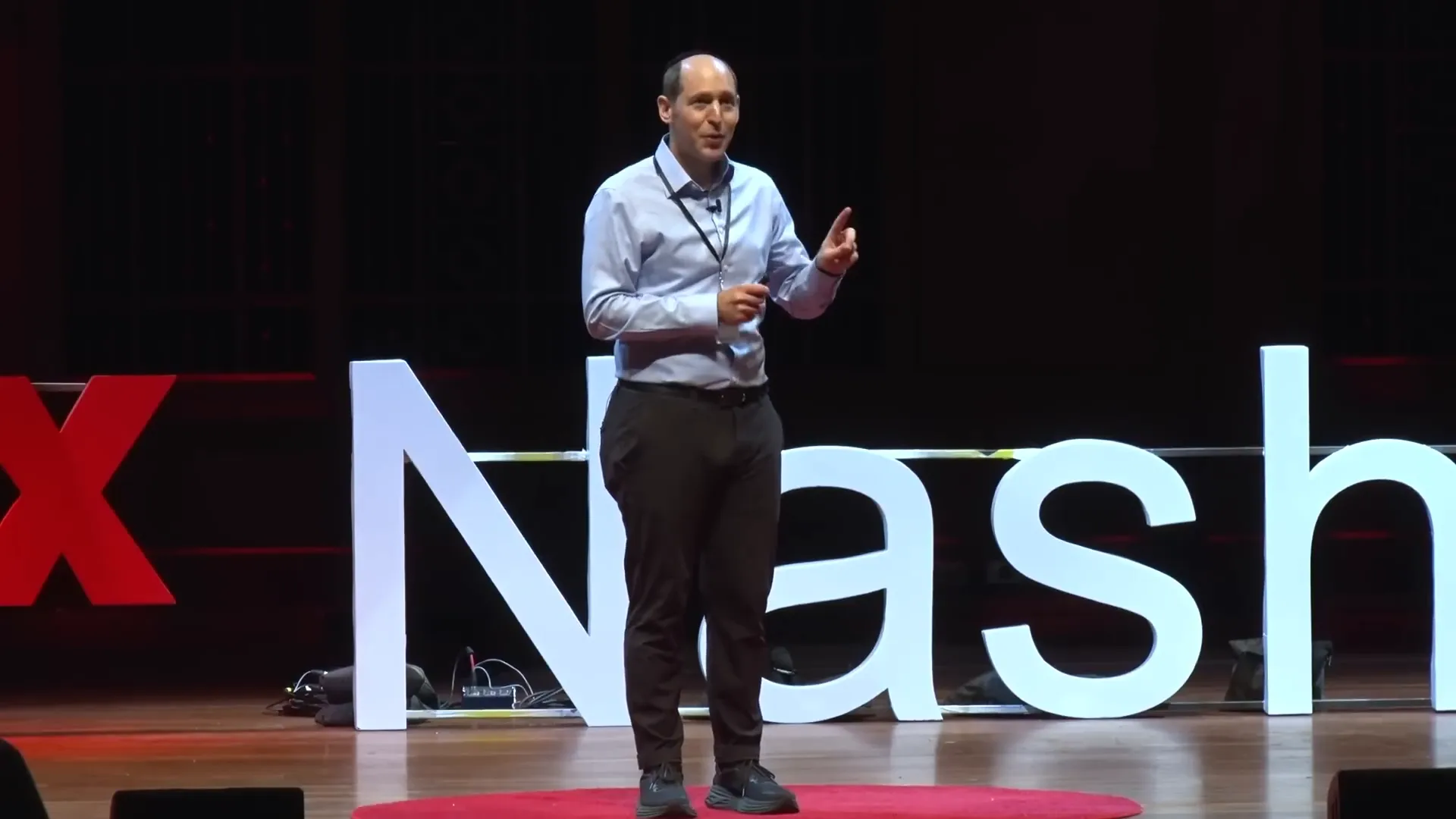May 20, 2025
How to Make Anxiety Your Friend: A Transformative Approach
In a world where anxiety often feels like an unwelcome guest, it's time to shift our perspective. Join me as we explore how to embrace anxiety, transform it into a powerful ally, and uncover the profound benefits it can bring to our lives. Together, we will navigate four practical steps to make anxiety your friend.
A Personal Encounter with Anxiety
Anxiety can strike unexpectedly, often leaving us feeling overwhelmed and isolated. I vividly remember my first anxiety attack. It felt as if a wave of fear crashed over me, my heart raced, and my breath became shallow and erratic. In that moment, I was consumed by an uncomfortable cold sweat. This experience was life-changing; it ignited a passion within me to understand and combat anxiety.
Over the years, I learned that anxiety is not just an enemy to defeat but a complex emotion that can teach us about ourselves. Many of us, like myself, have faced these paralyzing feelings that can disrupt our daily lives. However, it’s essential to recognize that we are not alone in this struggle. Together, we can explore the depths of anxiety and learn how to transform it into a force for good.
The Decision to Fight Against Anxiety
After my initial encounter with anxiety, I made a pivotal decision: I wanted to dedicate my career to helping others who struggled with similar feelings. This journey led me to become a clinical psychologist and establish an anxiety treatment center. Yet, as I progressed in my career, I realized that eradicating anxiety from our lives is not only unrealistic but also unnecessary.
While clinical anxiety can be debilitating, everyday anxiety can serve as a catalyst for growth. It can push us to confront our fears, develop resilience, and foster deeper connections with others. It’s essential to draw a line between the two, recognizing when to seek professional help and when to embrace the discomfort that anxiety brings.
Understanding Clinical vs. Everyday Anxiety
Understanding the distinction between clinical anxiety and everyday anxiety is crucial. Clinical anxiety interferes significantly with daily functioning and requires professional intervention. Symptoms might include persistent worry, panic attacks, and phobias that can be overwhelming and debilitating.
On the other hand, everyday anxiety is a normal part of the human experience. It can manifest in situations such as public speaking, meeting new people, or facing significant life changes. While uncomfortable, this type of anxiety can be harnessed to motivate us and push us out of our comfort zones.
Recognizing when your anxiety crosses the line into clinical territory is vital. If anxiety is affecting your ability to function in daily life, seeking help is the first step toward regaining control.
The Silver Lining of Anxiety
Despite its negative reputation, anxiety can have a silver lining. It can increase our resilience, teach us to cope with discomfort, and even enhance our relationships. When we experience anxiety, we often feel compelled to reach out to others, creating opportunities for connection and intimacy.
Many great leaders have been shaped by their experiences with anxiety. For example, Sir Winston Churchill faced his fears head-on, transforming his anxiety into one of the greatest oratory skills in history. Similarly, Oprah Winfrey used her struggles with anxiety to connect with her audience, allowing her vulnerability to shine through and inspiring countless others.
Anxiety can motivate us to pursue our goals and dreams. It can drive us to prepare more thoroughly, work harder, and ultimately achieve success. By reframing our perspective on anxiety, we can learn to appreciate its role in our lives.
Leaders Forged in Anxiety
Throughout history, many notable leaders have faced anxiety, yet they have transformed it into a source of strength. For instance, Oprah Winfrey, after experiencing a box office flop in the 1990s, turned to food to suppress her emotions. However, this period of anxiety taught her the importance of letting go of expectations. She emerged more resilient, ultimately becoming a media icon.
Similarly, Taylor Swift experienced paralyzing fear before performing the national anthem for the first time. Instead of allowing her anxiety to defeat her, she learned to share her feelings, using her experiences as inspiration for her music. Her lyrics resonate with many who struggle with anxiety, showcasing the power of vulnerability.
These examples illustrate that anxiety is not a hindrance but a stepping stone for personal growth and leadership. When we embrace our fears, we can cultivate resilience and inspire others to do the same.
Oprah’s Journey: From Suppression to Self-Acceptance
Oprah Winfrey’s journey with anxiety is a testament to the power of self-acceptance. After her box office failure, she initially sought comfort in food, resulting in a period of emotional numbness. However, this experience pushed her to confront her feelings and ultimately led to profound personal growth.
Oprah learned that embracing vulnerability and letting go of her expectations was essential for her well-being. This realization allowed her to connect with her audience on a deeper level, creating a platform where others felt safe to share their struggles. Her journey reminds us that anxiety can lead to self-discovery and acceptance, paving the way for genuine connections with others.
Taylor Swift’s Lesson in Vulnerability
Taylor Swift’s rise to fame was not without its challenges. The first time she stood in front of an audience to sing the national anthem, she felt paralyzed with fear. Instead of shying away from her anxiety, she chose to embrace it, using her experiences to fuel her creativity.
Many of her songs reflect her struggles with anxiety, illustrating the power of vulnerability in her artistry. By sharing her feelings through music, she has resonated with millions who face similar battles. Taylor’s journey teaches us that expressing our emotions can be a powerful tool for healing and connection.
The Positive Impact of Anxiety
Anxiety, while often seen as a negative force, can have a profound positive impact on our lives. It can drive us to face our fears, build resilience, and foster meaningful relationships. When we learn to embrace anxiety, we can transform it into a powerful ally in our personal and professional lives.
For many, anxiety serves as a motivator. It can push us to prepare more diligently, take calculated risks, and ultimately achieve our goals. Understanding that anxiety is a shared human experience can help reduce feelings of isolation and promote connection with others.
As we navigate our own journeys with anxiety, we must remember that it is okay to feel vulnerable. By sharing our experiences and embracing our emotions, we can foster deeper connections and create a supportive community. Together, we can learn to make anxiety our friend, transforming it into a source of strength and resilience.
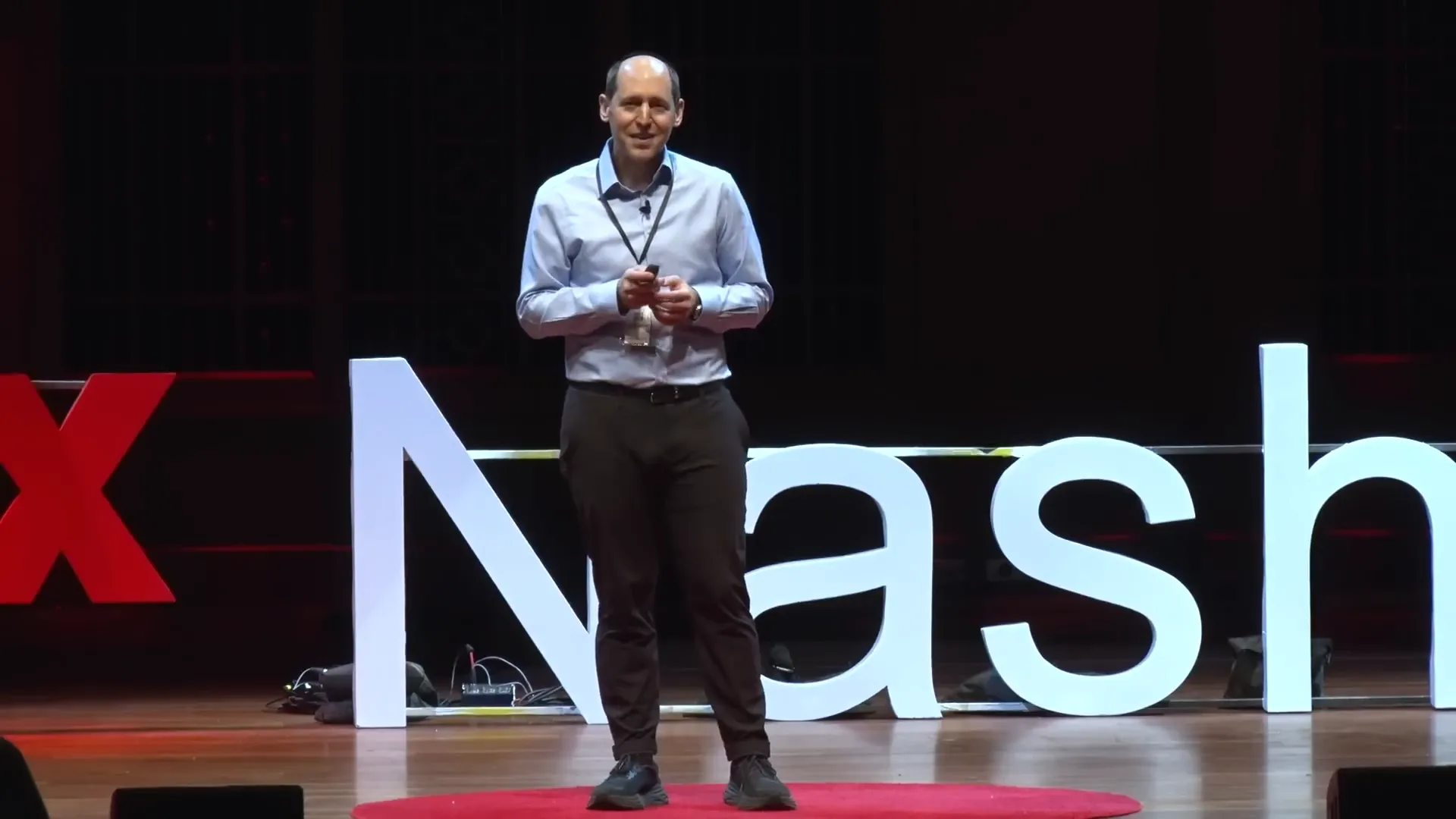
Nicole's Story: Overcoming Hypochondriasis
Nicole's journey began with a relentless fear of an aneurysm, a fear that gripped her tightly, despite medical evidence to the contrary. Hypochondriasis, or health anxiety, is a debilitating condition that can lead individuals to withdraw from daily life. Nicole recognized that her fears were consuming her, prompting her to seek help. It was a brave step, one that many find difficult to take.
Through exposure therapy, Nicole faced her fears head-on. She immersed herself in information about aneurysms, challenging her anxious thoughts with knowledge. This process was not easy; it required immense courage and resilience. But as she confronted her fears, she began to reclaim her life. Nicole graduated from therapy, a testament to her strength and determination.
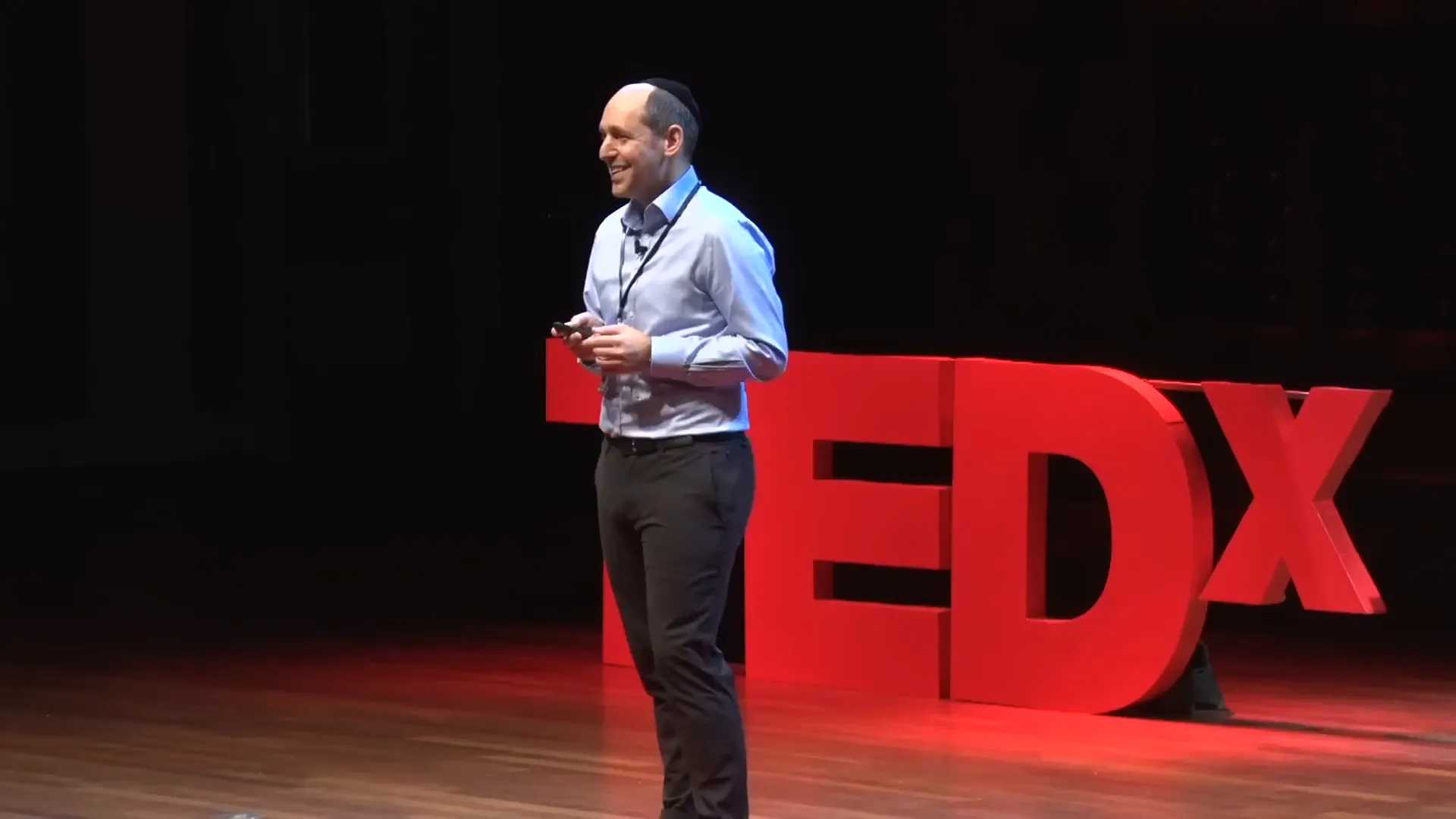
Resilience in the Face of Fear
Nicole's story illustrates the profound resilience that can emerge when we confront our fears. Rather than allowing anxiety to dictate her life, she chose to face it. This resilience is not unique to Nicole; it resides within each of us. We all have the capacity to overcome challenges, even when anxiety feels overwhelming.
Resilience is built through experience. Each time we confront our fears, we become stronger. This process often involves vulnerability, but it is through vulnerability that we forge deeper connections with ourselves and others. Embracing our anxiety can be a powerful catalyst for growth.
Finding Common Ground with Anxiety
Anxiety can feel isolating, but it can also be a bridge to connection. When we share our struggles with anxiety, we often find common ground with others. This shared experience fosters empathy and understanding, allowing us to connect on a deeper level.
Think about the moments when you opened up about your anxiety. Did you notice how it created a space for others to share their own experiences? This mutual sharing can strengthen relationships and build community. By acknowledging our vulnerabilities, we create an environment where others feel safe to do the same.
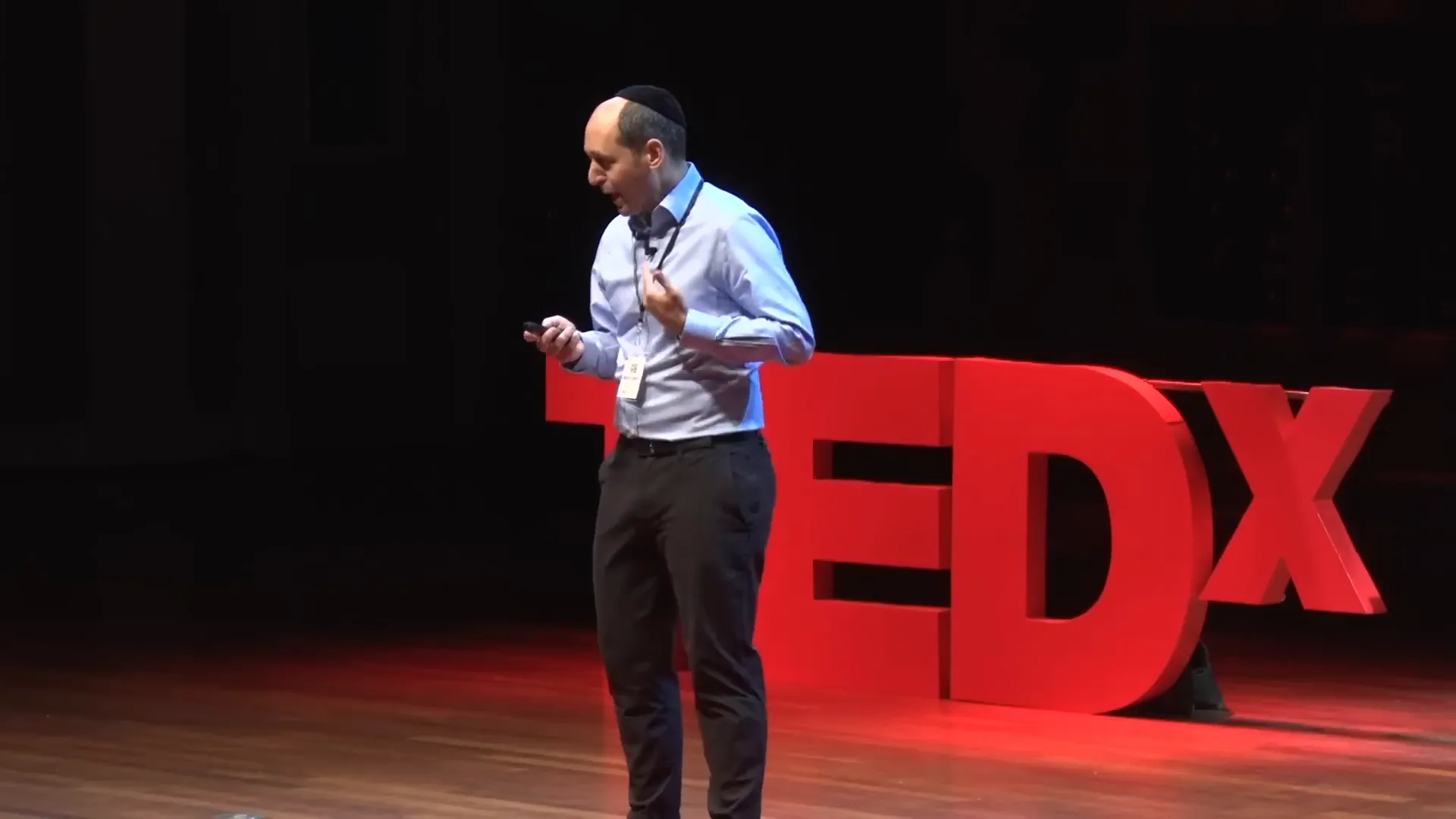
Anxiety and Deep Human Connection
Deep human connections thrive on vulnerability. When we allow ourselves to be seen, to share our fears, we invite others into our world. This openness fosters intimacy and trust. In relationships, whether romantic or platonic, sharing our anxieties can deepen our bonds.
Consider your closest relationships. Often, they are with those who have shared in your vulnerabilities. By embracing our anxiety and sharing it with others, we create a tapestry of connection that enriches our lives. The act of sharing can transform anxiety from a burden into a source of strength.
My Own Struggles with Anxiety
Like many, I have faced my own battles with anxiety. The fear of failure has loomed large, often creating a barrier between me and those I care about. In my early career, I focused intensely on my work, inadvertently building walls that distanced me from my loved ones.
It wasn't until I met my wife, Mary, that I began to understand the importance of vulnerability. Her unwavering support and unconditional love encouraged me to lower my defenses. Sharing my fears became a pathway to deeper intimacy, allowing me to connect with her in ways I never thought possible.

The Joy of Letting Go
Letting go can be one of the most liberating experiences. In our quest for control, we often forget the importance of surrender. Embracing uncertainty can lead to unexpected joy and freedom. When we release our grip on the need to control every outcome, we open ourselves up to new possibilities.
Life is a roller coaster, a series of ups and downs that can be exhilarating if we allow ourselves to enjoy the ride. By embracing the unknown, we can experience moments of pure joy. This sense of adventure can be a powerful antidote to anxiety, reminding us that life is meant to be lived fully.
Spiritual Surrender: The Serenity Prayer
Many find solace in spiritual practices during times of anxiety. The Serenity Prayer is a beautiful reminder of the power of surrender. It encourages us to accept the things we cannot change and to find peace in that acceptance. This practice can help us navigate the complexities of life with grace.
When we affirm the limits of our control, we create space for inner peace. This doesn’t mean we abandon our goals or aspirations; rather, we learn to approach them with a sense of ease. By acknowledging our limitations, we can focus on what truly matters, cultivating a sense of tranquility amidst chaos.
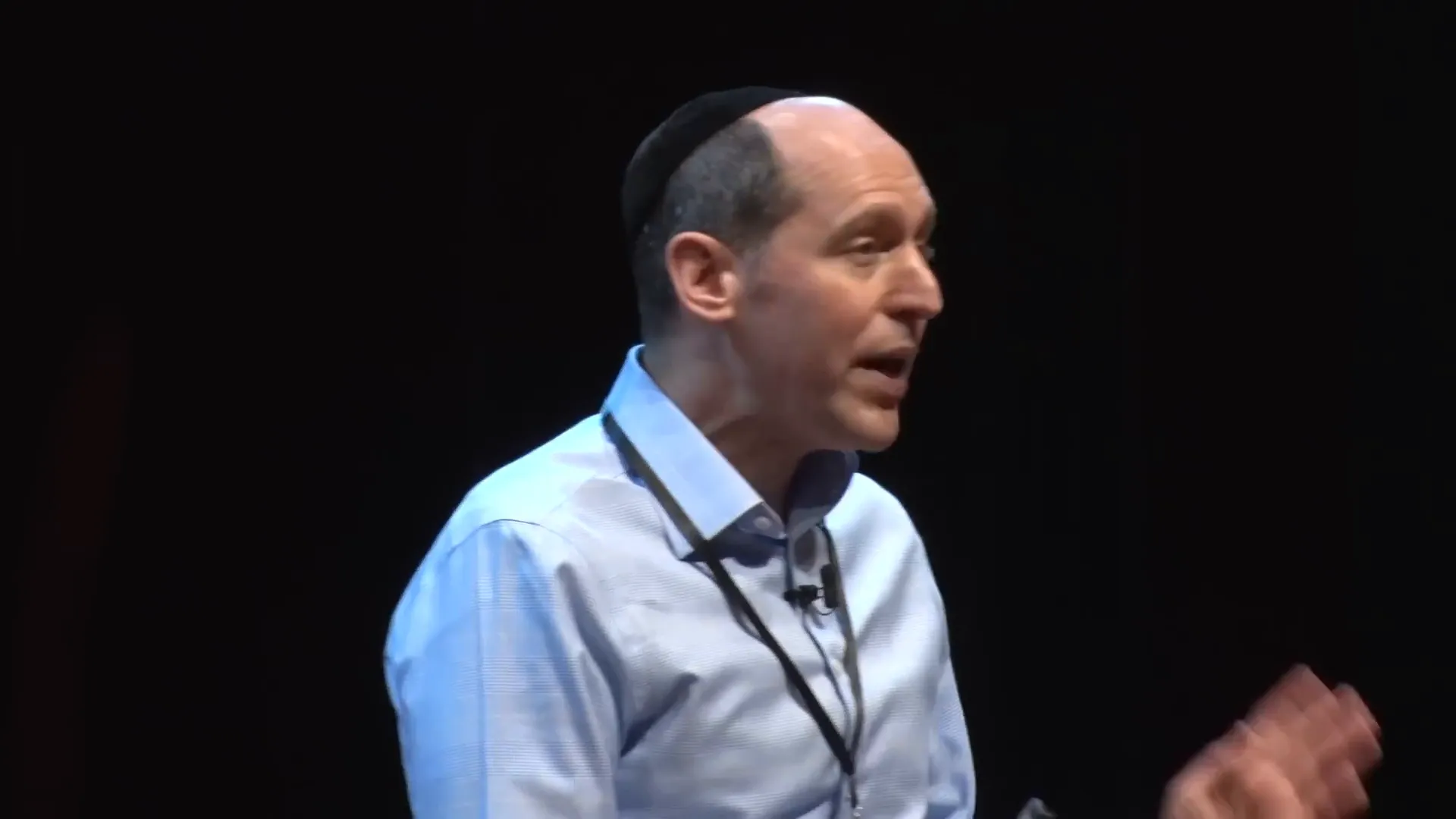
Turning Anxiety into an Ally: The Four Steps
Transforming anxiety into an ally requires intentional effort. Here are four practical steps to help you harness the power of anxiety:
- Identify: Take time to understand what triggers your anxiety. Reflect on your fears and what lies beneath them.
- Share: Open up about your anxiety with someone you trust. This act of vulnerability can create connection and support.
- Embrace: Allow yourself to feel anxious without judgment. Engage in activities that challenge your comfort zone to build resilience.
- Let Go: Recognize that you cannot control everything. Embrace the uncertainty and find peace in letting go.
These steps can pave the way for a healthier relationship with anxiety. By viewing anxiety as a guide rather than an enemy, we can learn to navigate life’s challenges with confidence.
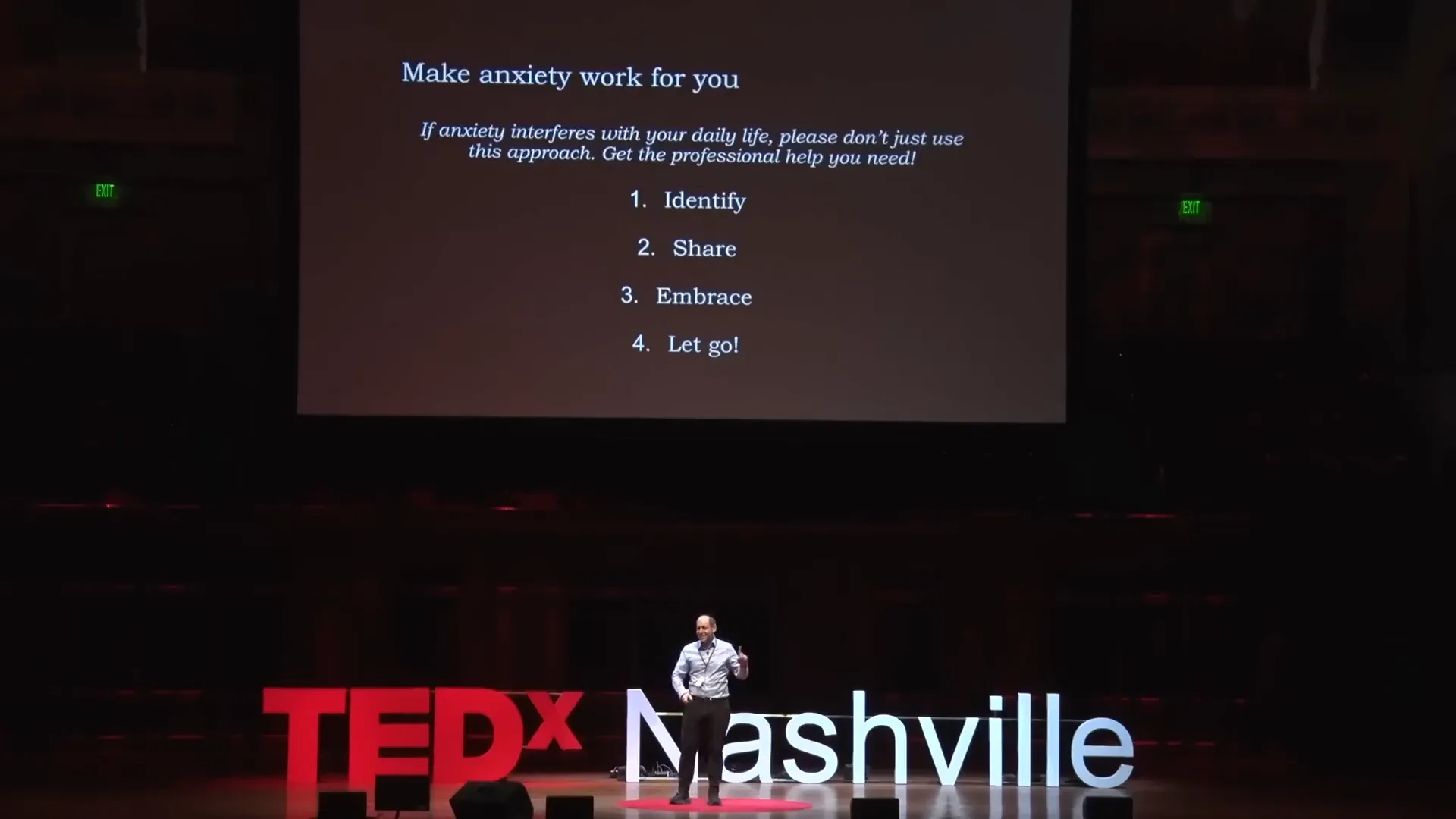
Step One: Identify Your Fears
The first step in transforming anxiety into your ally is to identify your fears. Many people instinctively push their anxious feelings aside, avoiding the uncomfortable sensations that arise. But this avoidance only prolongs the anxiety. Instead, take a moment to pause and ask yourself: what am I truly afraid of?
Understanding the root of your anxiety is essential. It might be fear of failure, rejection, or uncertainty. Whatever it is, acknowledging it is the first step toward overcoming it. If you find it difficult to pinpoint your fears, consider going for a walk. Sometimes, a change of scenery can provide clarity and insight into what’s truly bothering you.
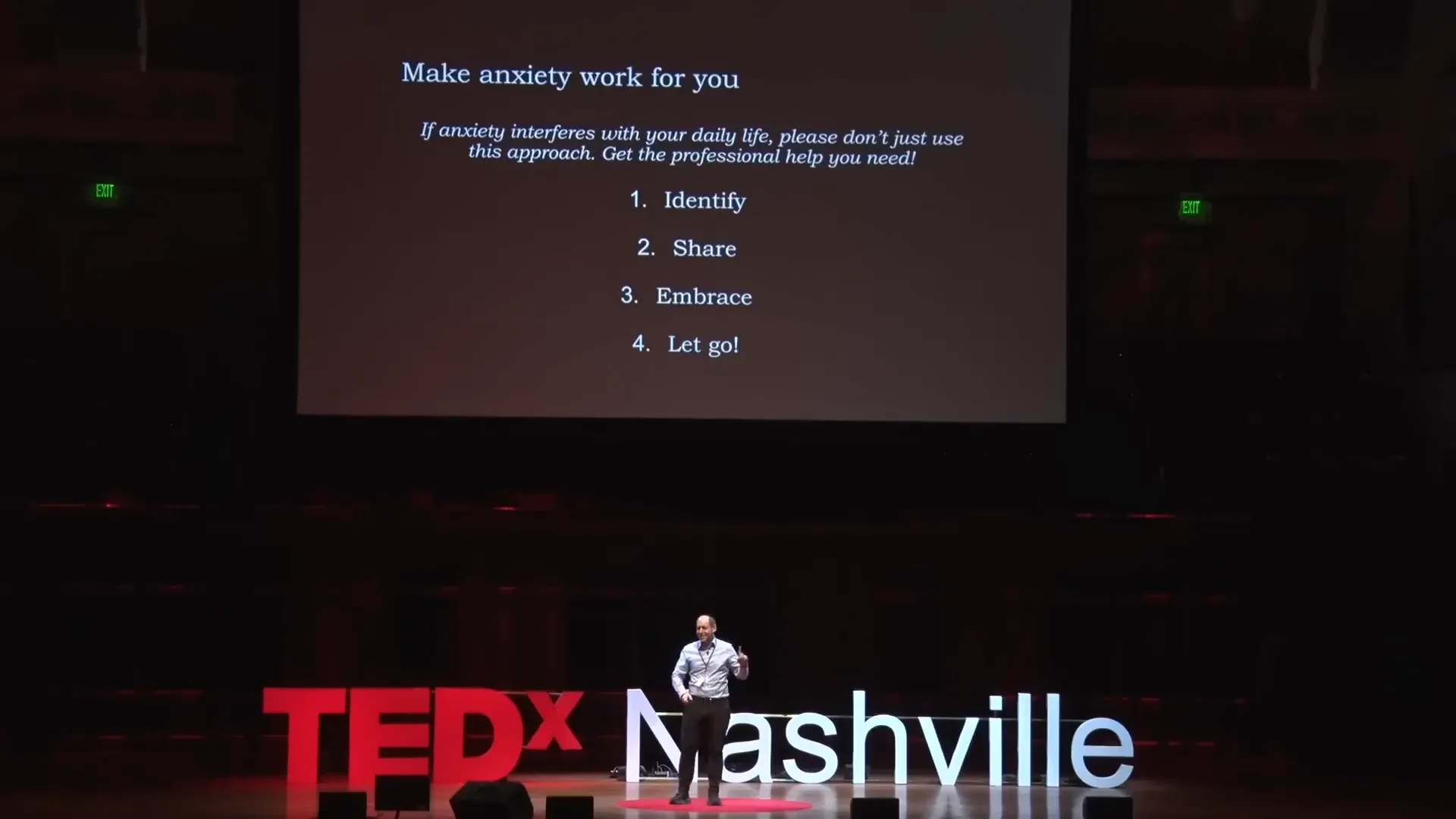
Step Two: Share Your Anxiety
The second step is to share your anxiety with someone you trust. This could be a friend, family member, or even a coworker. Talking about your feelings can create a sense of relief and connection. If you're not ready for a face-to-face conversation, consider texting or emailing your thoughts.
Being vulnerable can be daunting, but it’s an essential part of the healing process. When you share your feelings, you not only lighten your emotional load but also invite others to share their struggles, fostering a deeper connection. Remember, you are not alone in this journey; many people experience similar feelings.

Step Three: Embrace the Anxiety
Embracing your anxiety is a crucial step toward resilience. When you feel anxious, don’t fight it. Allow yourself to experience those feelings without judgment. This might mean engaging in activities that make you uncomfortable intentionally. By facing your fears repeatedly, you build emotional resilience.
Consider small challenges that push your comfort zone. This could be speaking in front of a group, trying a new hobby, or even just expressing your thoughts in a discussion. Each time you confront anxiety head-on, you strengthen your ability to manage it in the future.
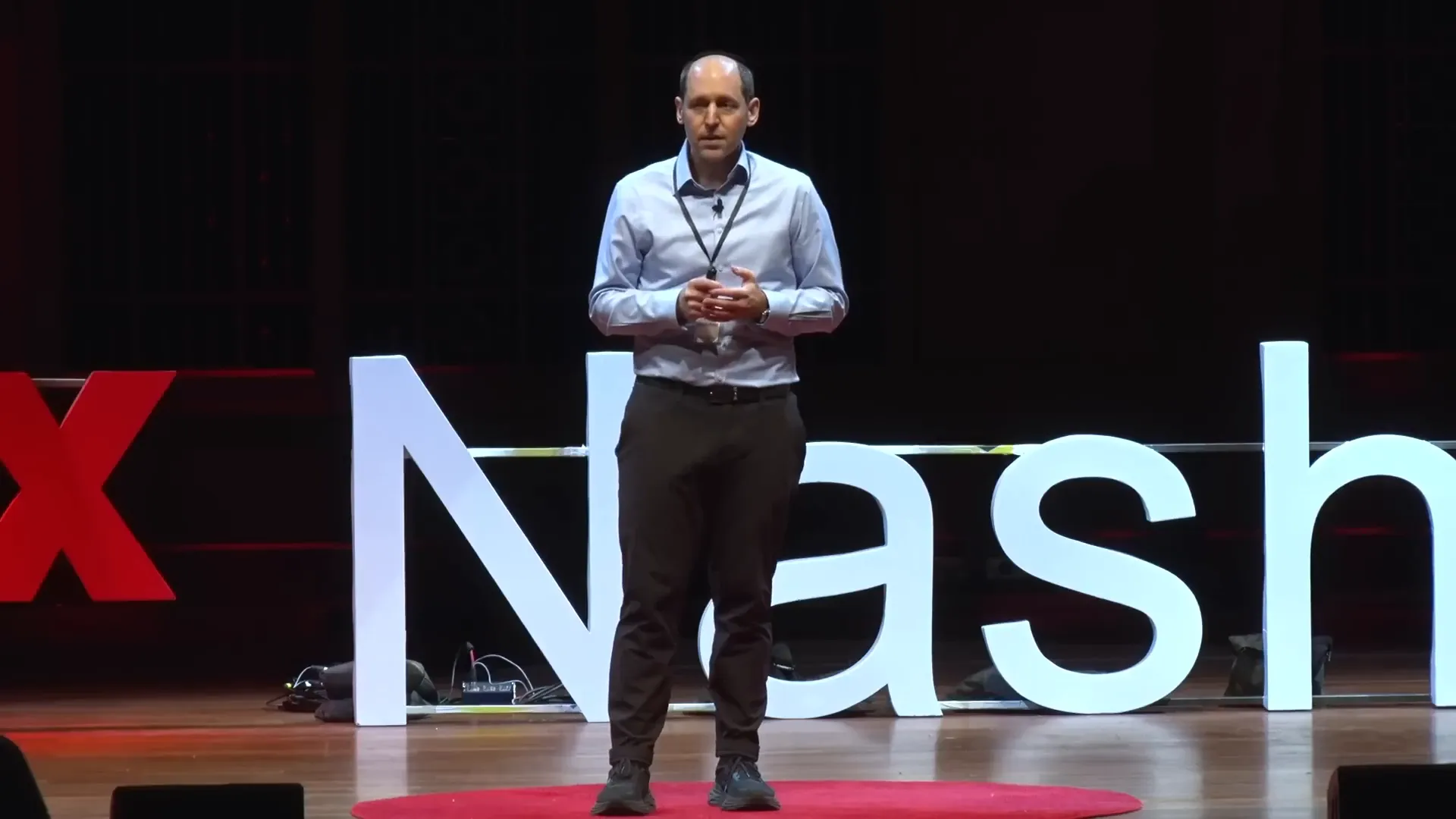
Step Four: Let Go of Control
The final step is to let go of the need to control every outcome. Reflect on your fears and acknowledge that you cannot dictate every aspect of your life. Embracing uncertainty can be liberating. Sometimes, the things we worry about the most turn out to be blessings in disguise.
Letting go doesn’t mean you stop working toward your goals; it means you allow yourself to experience life without the burden of constant responsibility. This shift can lead to greater peace of mind, making it easier to navigate the ups and downs of life.
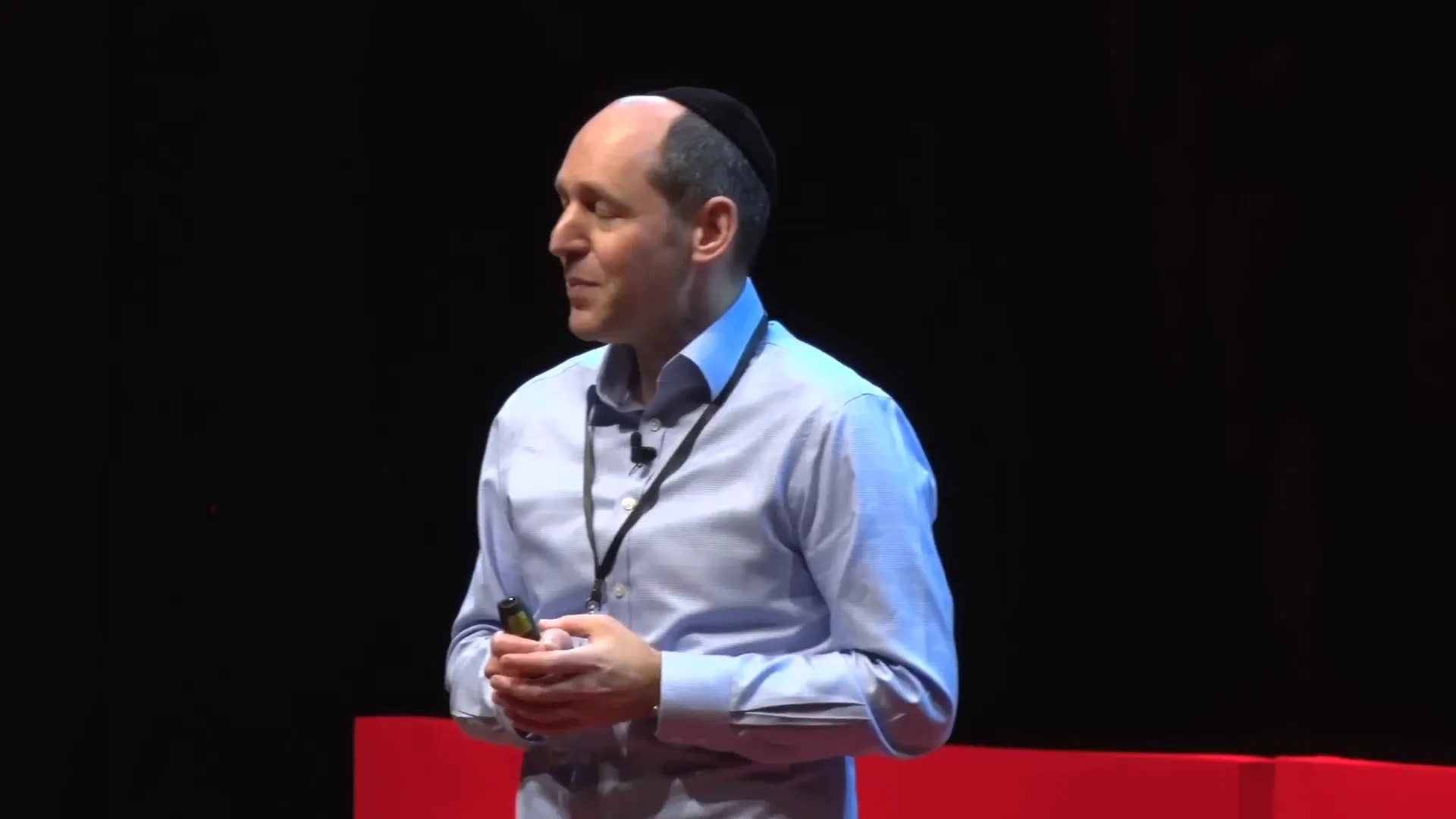
Putting the Steps Into Practice
Now that you understand the four steps, it's time to put them into practice. Start by identifying your fears. Write them down if that helps you process the emotions. Next, reach out to someone and share your thoughts. You might be surprised at how supportive your friends and family can be.
As you embrace your anxiety, challenge yourself to step outside your comfort zone regularly. This could mean initiating a difficult conversation or trying something you've always wanted to do but were too anxious to attempt. Finally, practice letting go by recognizing that some things are beyond your control. This mindset will help you feel lighter and more at ease.
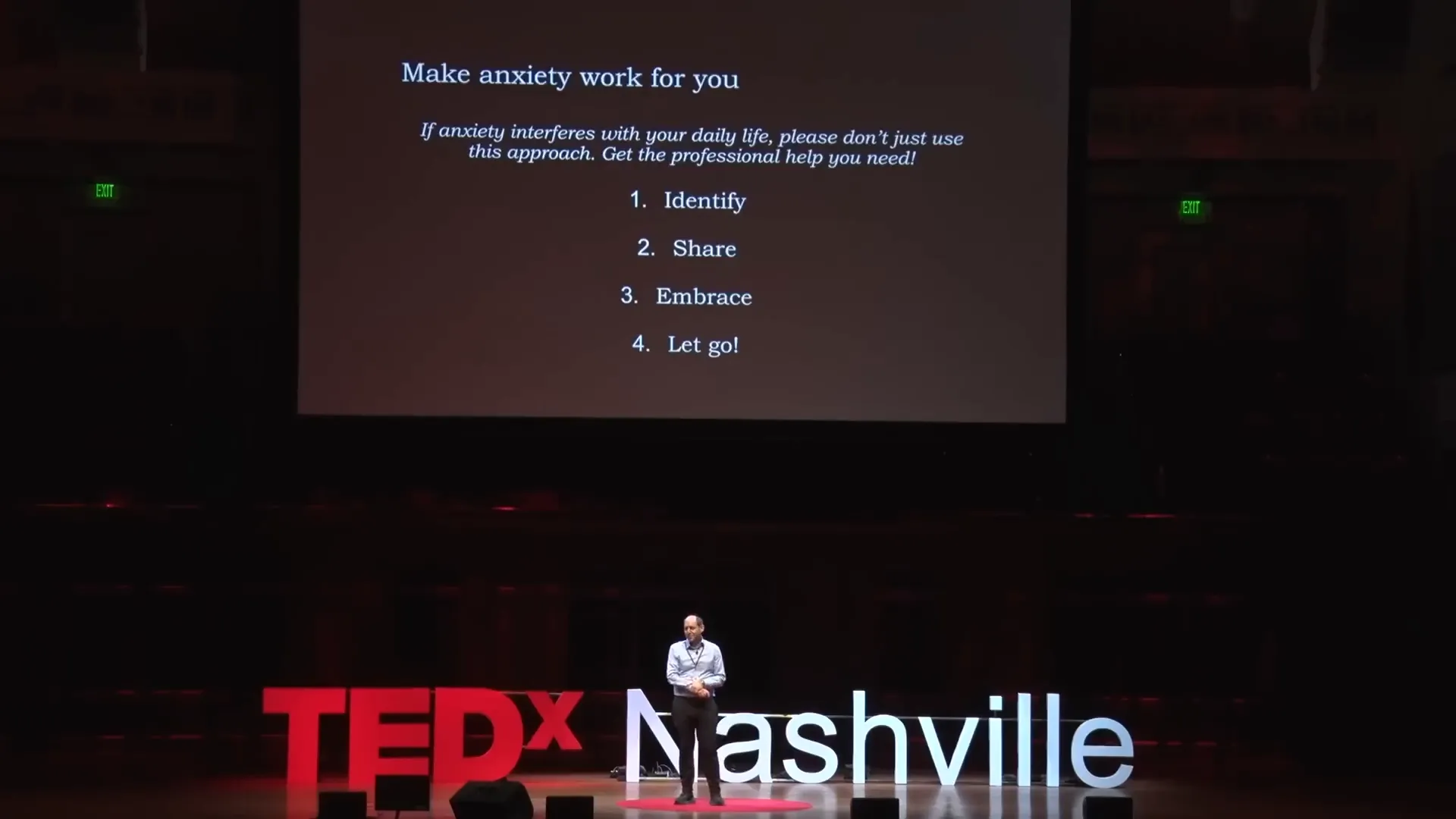
Conclusion: Embracing Anxiety Together
Embracing anxiety doesn’t have to be a solitary journey. By identifying your fears, sharing your experiences, embracing the discomfort, and letting go of control, you can transform anxiety into a powerful ally. Remember, you are not alone. Many people are navigating similar challenges, and together, we can foster a supportive community.
As you embark on this journey, consider exploring resources like GFunnel, where you can connect with others and access tools designed to help you thrive. Embracing anxiety is about learning, growing, and ultimately finding strength in vulnerability.
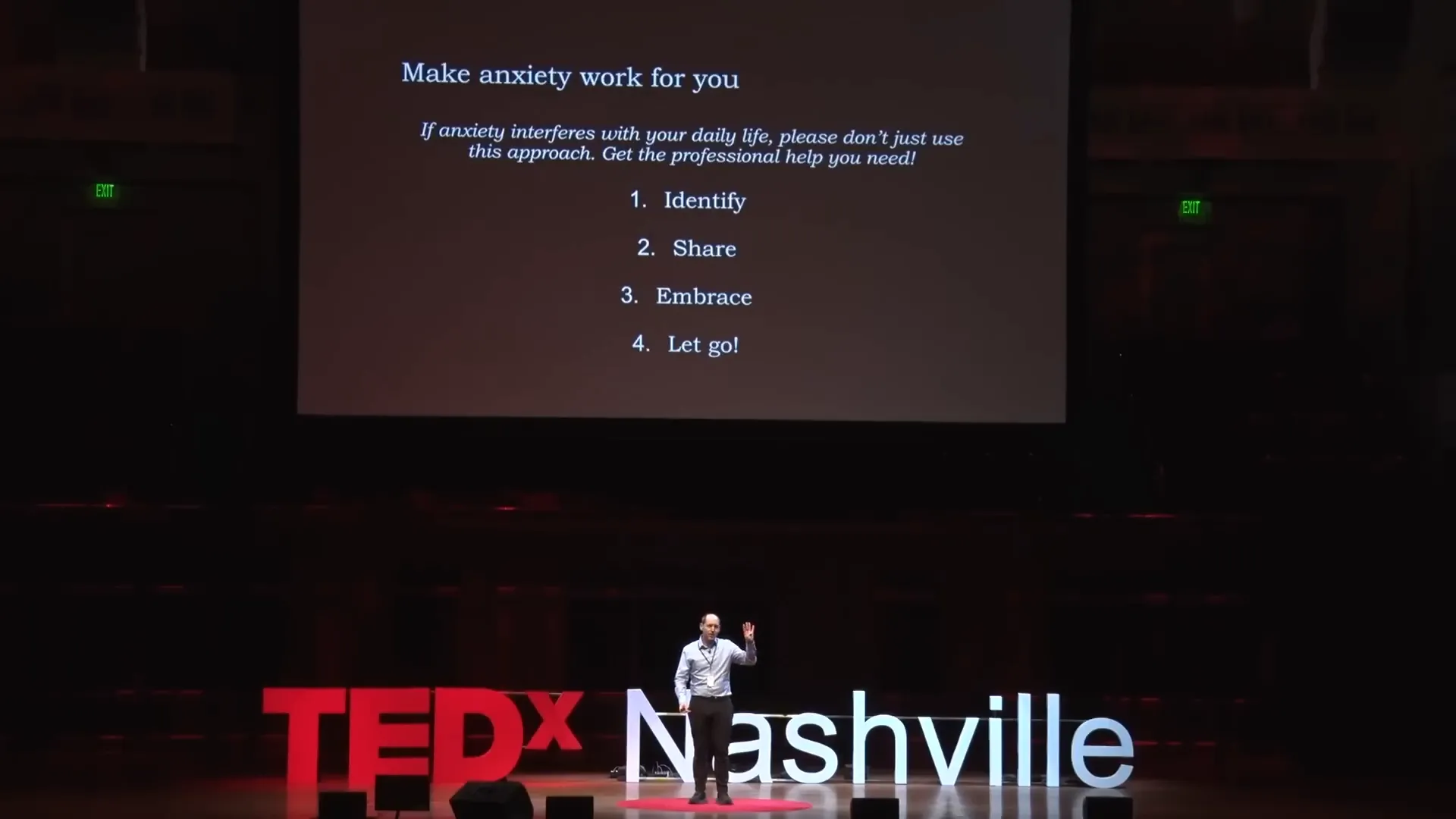
FAQ: Common Questions About Anxiety
What is the difference between clinical anxiety and everyday anxiety?
Clinical anxiety is a disorder that significantly interferes with daily functioning, requiring professional help. Everyday anxiety, however, is a normal part of life that can motivate and encourage personal growth.
How can I manage my anxiety daily?
Regularly practice the four steps: identify your fears, share your feelings, embrace the anxiety, and let go of control. Additionally, consider mindfulness practices, physical exercise, and maintaining a healthy lifestyle.
When should I seek professional help for anxiety?
If your anxiety begins to interfere with your daily life, relationships, or overall well-being, it's essential to seek help from a mental health professional. They can provide guidance and support tailored to your needs.
